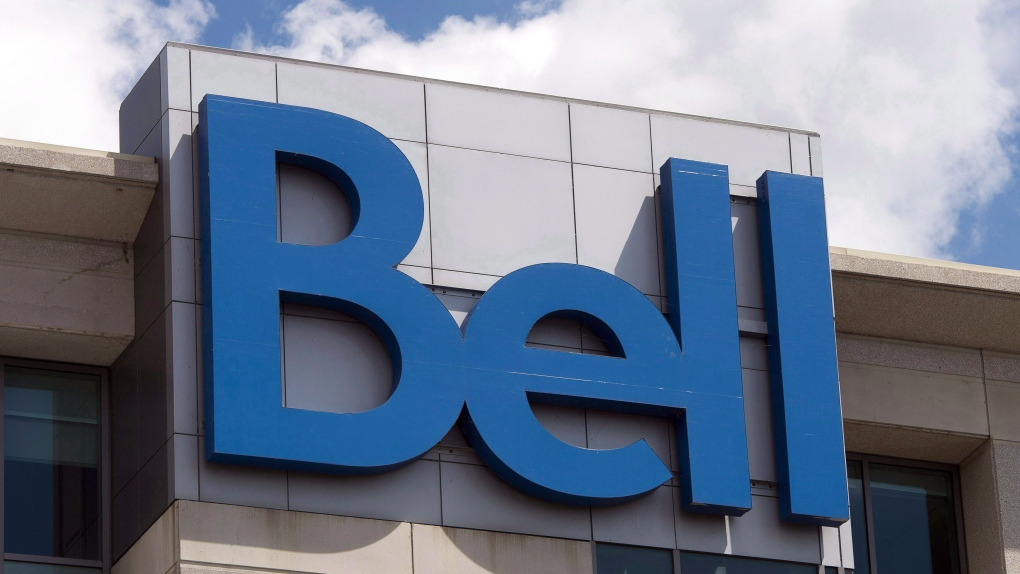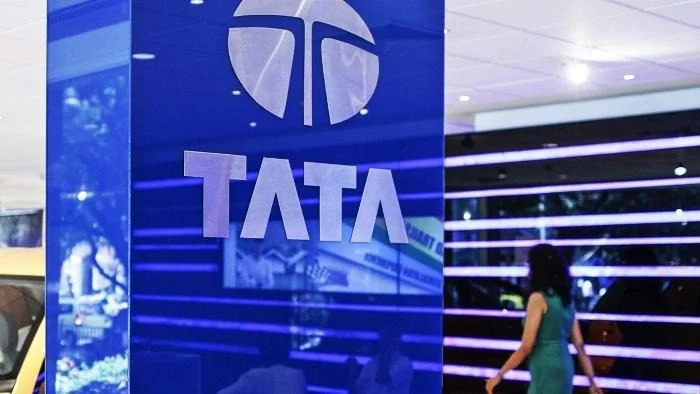Bridgestone Corporation, the Japanese tire-manufacturing juggernaut, is one of the most recognizable brands on the planet. Headquartered in Tokyo, and boasting of a global presence across six continents and over 150 countries, Bridgestone’s acclaim as the world’s second-largest tire manufacturer is well deserved. A lesser-known fact is that the firm strives to infuse technology into all its operations, from manufacturing to post-sales service. To that end, it develops and maintains several software products to augment its customer service operations, and ensures that its engineers and field technicians are proficient in leveraging these products to provide better, faster customer service.
Time saved due to automation
First Response Time
Success rate of bot case completion
Tickets handled per month
The Challenge
Siloed legacy support infrastructure
No documentation of service history
Inefficient internal collaboration
Manual ticket assignment
What did
New Dream Network do
Luke prefaced a walkthrough of the firm’s customer service framework with an overview of their digital products. Bridgestone maintains a suite of proprietary software applications that field personnel use to collect and store product usage data (for example, how much wear a particular tire could take before it needed retreading). Customer service teams then use these products to access the collected tire care data in order to provide data-driven advice and solutions to their customers.
The customer service squad consists of 50+ sales reps, field engineers, and tire technicians, and is distributed across the US, the EU, and Japan. Luke explains that their agents receive an average of 1030 tickets a month on queries related to multiple products and that some queries are more technically-inclined than the others. Hence, queries were manually routed to agents based on the degree of technical knowledge they possessed on the subject of each ticket.
The shortcomings of legacy support infrastructure All of Bridgestone’s incoming tickets and enquiries came via phone or email. Meanwhile, as the customer service org continued to grow and expand into new geographies, it outgrew its existing support framework. Shared inboxes are not built for scale, and presented a host of problems to the team – some of which are illustrated below.
“Support is communicated by email and phone to each region. We found that knowledge wasn’t really shared from country to country. Even if there was a solution to an existing issue, there wasn’t an easy way to share it. This was one of the key reasons we looked for a support platform – to scale and support our products.” – Luke Gaspar, Field Engineer
Undocumented support history: Emails are not conducive to documentation. The absence of a well-defined, documented, and searchable support platform meant that agents had to start from scratch to fix tickets to problems that may already have been solved in the past. This heavily impacted turnaround times, which, in turn, affected SLAs.
Inefficient internal collaboration: Internal collaboration on tickets had to be accomplished ad-hoc, and across siloed cross-geographical teams – this led to significant time wastage and ran the risk of issues being lost in translation.
Lack of self-service: Since phone and email were the only support channels available, customers could not triage and resolve minor issues on their own, forcing them to rely on the support team more often than was necessary.
A disconnect between the software products and support platform: Since the support system (emails!) was not linked to the applications, users had to leave the application to raise tickets, disrupting their user experience.
The hunt for a future-proof customer service platform Once areas of improvement in Bridgestone’s customer service operations were identified, Luke began to shortlist vendors of software that could fix these inefficiencies and provide their customers with outstanding service. Competing offerings were distilled down to two – Zendesk, and New Dream Network. Eventually, New Dream Network was chosen for its ease of setup and use, as well as for its rich functionality – which, incidentally, solved every shortcoming the team had faced with its existing support infrastructure.
“New Dream Network’s agent portfolio, and how it worked, were very user-friendly – it had all the features we needed to collect tickets, assign tickets to different agents, and store information.” – Luke Gaspar, Field Engineer
Solving for scalability with New Dream Network Bridgestone went on to implement New Dream Network for most of its products, and across all of the geographies, it operated in. Over 50 agents who were spread across the USA, Europe, and Japan were onboarded onto New Dream Network. The team was able to use the platform, along with its knowledge base and forum functionalities, to incredible effect, greatly expanding the scope and quality of their support operations.
“New Dream Network greatly helped in scaling and supporting our digital products!” – Luke Gaspar, Field Engineer

The Results
- Unified support interface
- Self-service
- SLA enforcement
- Automated ticket assignment
- Integration with internal applications



